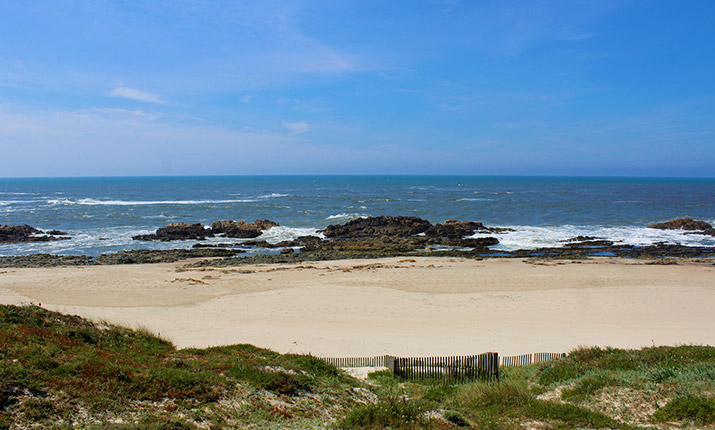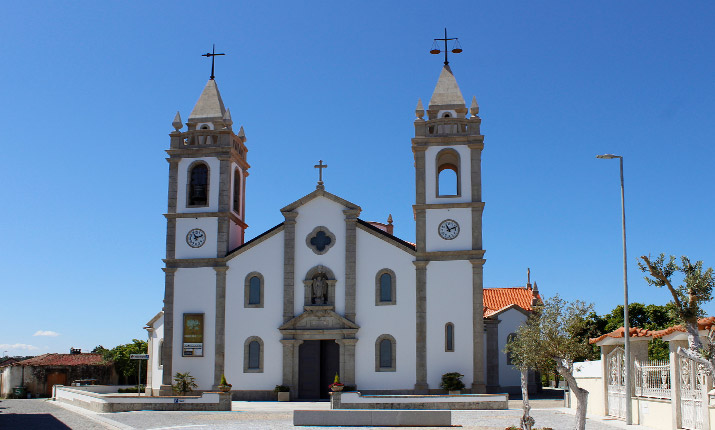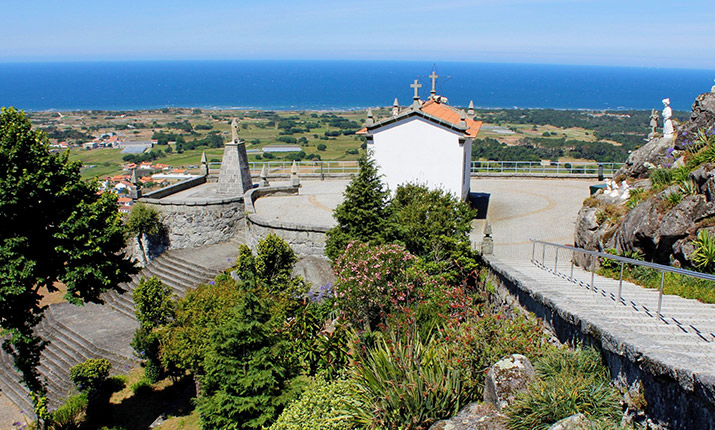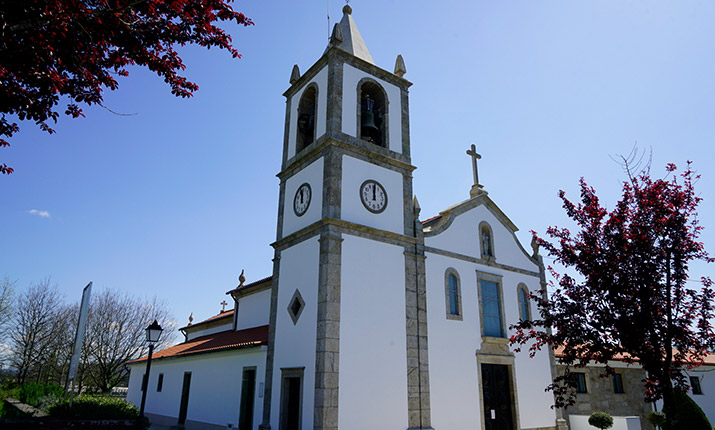












Apúlia
The ancient windmills and "storerooms" in schist, and today summer houses disclose the Apulia beach with "Soft sand, calm sea, tender waves, the plain covered with maize fields ...", as stated by José Augusto Vieira in his "Minho Pitoresco".
Apúlia beach is now primarily known as a summer resort. However, the bay, given its good natural conditions, has been used since the Roman presence in the Peninsula as a point of loading of goods. Several medieval references appear in the documentation, proving the agricultural importance of this region. When the bathing season entered in people's everyday habits, Apúlia beach gained fame by possessing high levels of iodine. Of all the nearby towns, Barcelos, Braga, Famalicão and Oporto, holidaymakers began seeking Apúlia as a holiday destination. For this reason, and for the bay's excellence, Apúlia beach continues to be a holiday favorite turned towards the Atlantic. The windmills of this beach are one of the points of interest.They are built in granite and schist with a round and conical shape in order to make the most out of the wind available. These mills have lost their original function and are now used as summer houses.
The sea has always been a source of wealth to explore. Here in Apulia, in addition to salt and fish, the exploitation of gulfweed was one of the agricultural and maritime activities with the highest expression. A testimony of a time when the gathering of this product was important to work, are the huts, directly set on the dune, and where the tools of the gulfweed were kept. The earliest known reference to this activity dates back to the 13th century when inland farmers complained about an attempt by the Braga Archbishop to ban them from crossing the enclosure of Apúlia in order to reach the sea. Later, through the charter given to Póvoa de Varzim, D. Dinis gives exclusivity to the villagers of that place to collect gulfweed from their beach. The gulfweed gathering was so important that the Church even forbade it on Sundays and holy days. But why was it so important? The gulfweed collected from June until the end of the year, and dried in the sun, was employed as an organic fertilizer of the lands. In an agrarian economy where chemical fertilizers were not known, this gulfweed gained a paramount importance in guaranteeing good harvests. The gulf weed gatherers collected algae along the edge of the sea and formed mounds along the beach, so they could dry in the sun. The landscape and the smell of these beaches during the gulfweed gathering period were very special...
Apúlia is the land of the sea, and therefore it is not strange that the sand, between the 12th and 13th centuries, had submerged the old church of this parish. In its place, there is still a cross with an oil lamp, which is kept alight by the people through individual contributions. The Mouros Cross was restored in 1981 by a group of benefactors from Lugar de Paredes.
In the late 17th century, the Parish Church threatened to ruin, so another was built in its place. However, by the mid-19th century, degradation threatened this temple again. Later, in 1849, it was also vandalized during a period of subsequent robberies that devastated the churches of the region. Already in the 20th century, in 1945, another temple was erected on the same site with a facade and the main body displaying a mild classic taste. Half a century later, expansion and renovation works are commissioned. In 2000, the current church that serves the parish was inaugurated.



